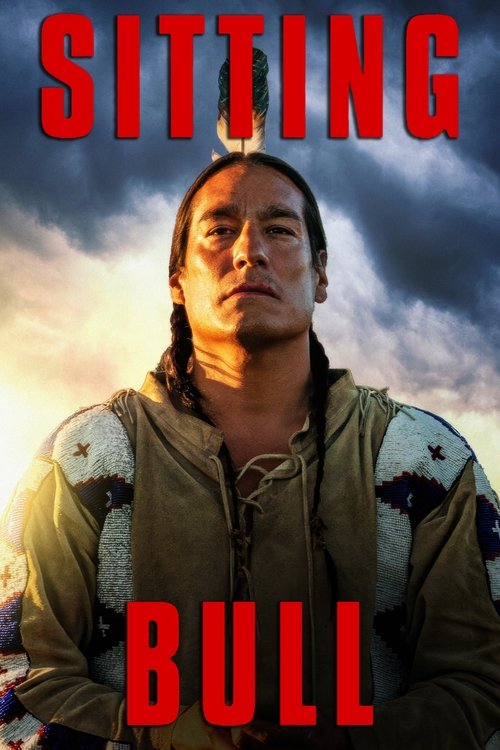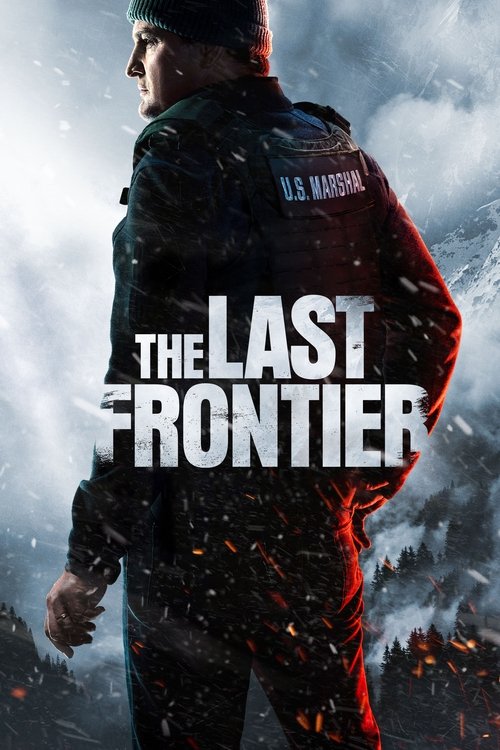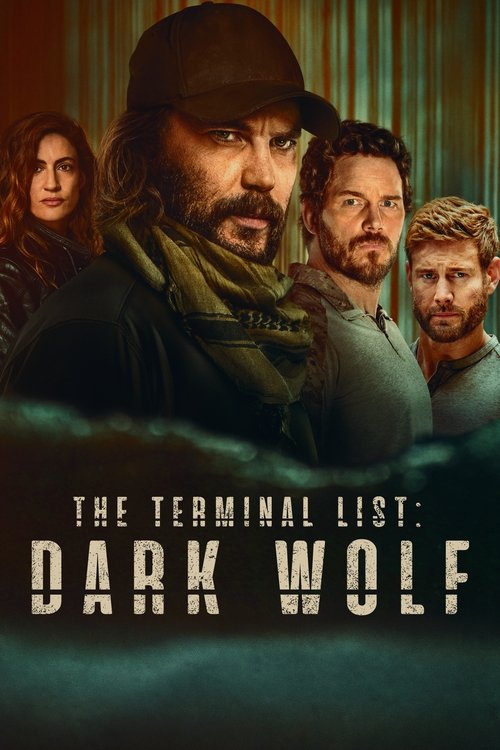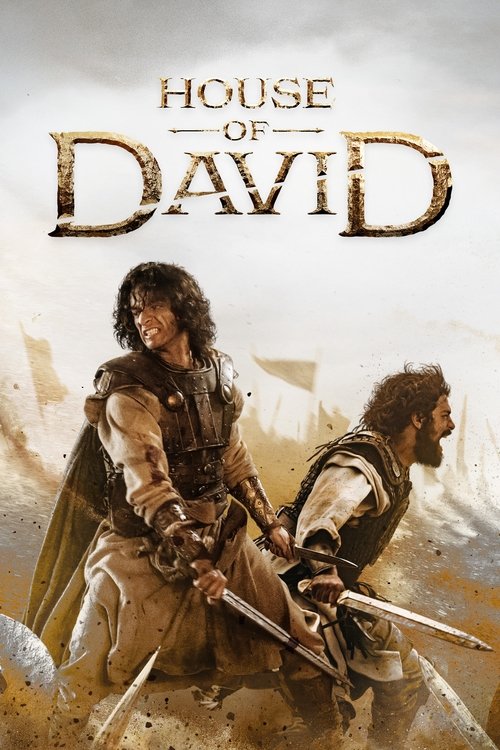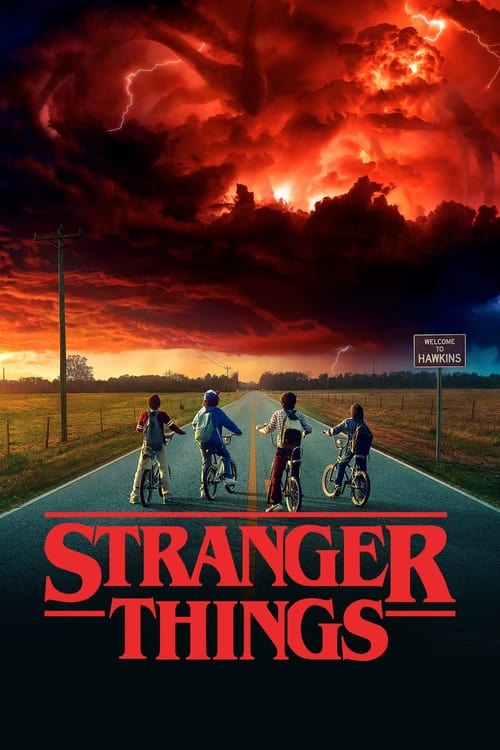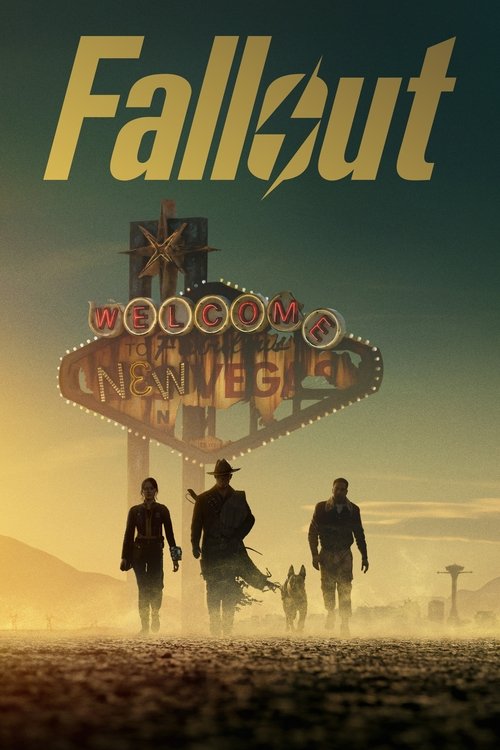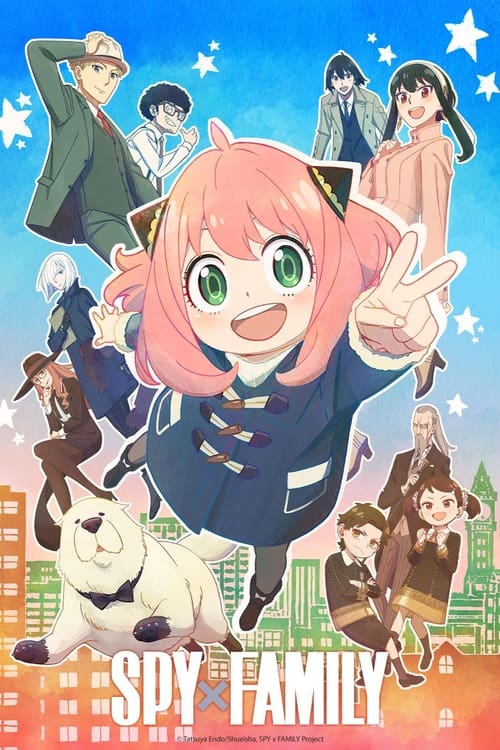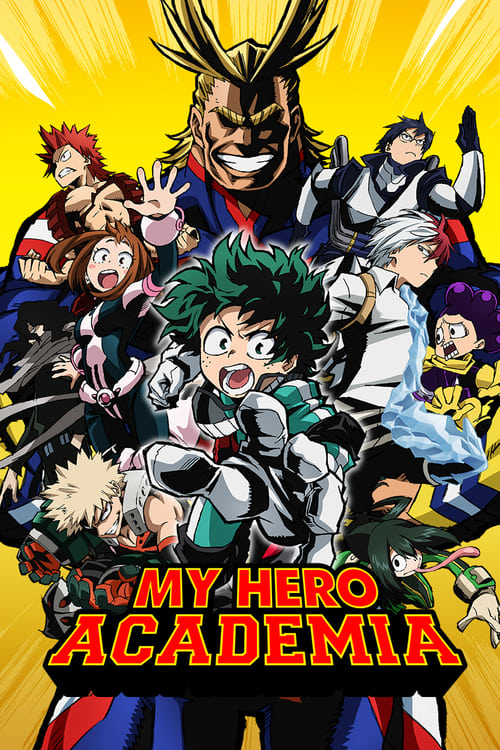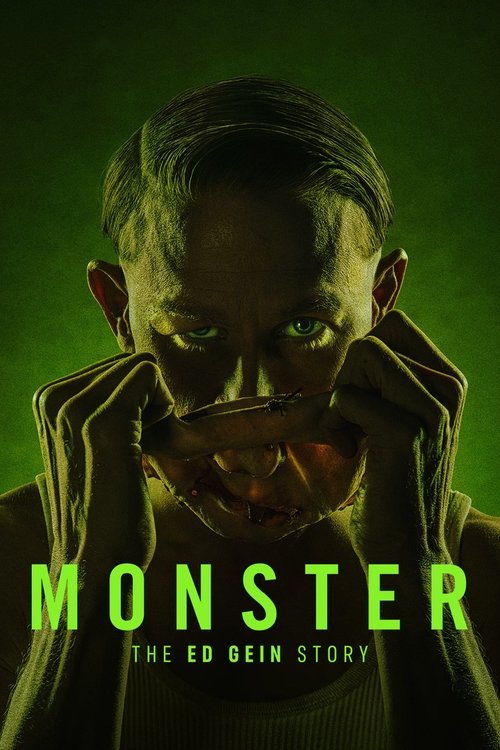
Ask Your Own Question
What is the plot?
The TV show "Sitting Bull" (2025) is a four-hour documentary event that chronicles the life of the Hunkpapa Lakota leader Sitting Bull in strict chronological order.
The story begins in the mid-19th century as American settlers relentlessly move westward, encroaching on Native American lands. Sitting Bull emerges as a young warrior defending his people's territory against this invasion. Early scenes depict his upbringing, his initial battles, and his growing reputation as a fierce and wise leader committed to protecting Lakota land and culture.
As tensions escalate, Sitting Bull takes on a spiritual leadership role, guiding his people through increasingly violent confrontations with U.S. forces. He refuses to back down despite overwhelming odds, gathering an unprecedented alliance of Native nations. This alliance is a key turning point, as Sitting Bull unites various tribes to resist the U.S. military's expansion.
The narrative then moves to the pivotal Battle of Little Bighorn. The show details the strategic decisions made by Sitting Bull and his allies, including the coordination of warriors and the tactical positioning that leads to their victory over General Custer's forces. The battle is depicted step by step, showing the buildup, the clash, and the aftermath, emphasizing Sitting Bull's leadership and the significance of this Native American victory.
Following the battle, Sitting Bull becomes an international celebrity. The documentary covers his interactions with Buffalo Bill Cody and his participation in Buffalo Bill's Wild West show. These sequences reveal Sitting Bull's complex navigation between maintaining his cultural identity and engaging with the broader American public. His decisions here reflect a strategic attempt to use fame to advocate for his people.
The story then shifts to Sitting Bull's continued resistance against U.S. government policies aimed at eroding Native American sovereignty. Despite his efforts, the pressure mounts, and the documentary portrays the difficult choices he faces as he tries to save his people and their culture. This includes scenes of negotiation, confrontation, and the eventual forced relocation of the Lakota.
The final sequences focus on Sitting Bull's legacy, showing how his leadership and spirit endure beyond his death. The documentary closes with reflections on his impact on Native American history and culture, narrated by Mo Brings Plenty, and featuring reenactments and Native perspectives to provide a full, authentic portrait of Sitting Bull's life.
Throughout the series, every major event, battle, alliance, and decision is presented in detail, with reenactments and historical analysis that allow viewers to understand the full progression of Sitting Bull's story from his early days as a warrior to his role as a spiritual and political leader resisting U.S. expansion.
What is the ending?
The TV show Sitting Bull (2025) ends with the Lakota leader Sitting Bull uniting Native Nations and leading them to a historic victory against General Custer at the Battle of the Little Bighorn, followed by his later years involving his interactions with Buffalo Bill Cody and his continued fight for his people's survival until his death in 1890.
The ending unfolds scene by scene as follows:
The final episodes open with Sitting Bull, portrayed by Michael Spears, rallying the Lakota and allied Native Nations amid increasing pressure from U.S. settlers and military forces. The tension builds as Sitting Bull's leadership and spiritual guidance inspire a coalition determined to resist encroachment on their lands.
The narrative then moves to the climactic Battle of the Little Bighorn. Sitting Bull and Crazy Horse prepare their warriors, depicted in detailed reenactments showing the strategic planning and the fierce combat that ensues. The battle scenes are vivid, showing the Native forces overwhelming General George Armstrong Custer's Seventh Cavalry. Sitting Bull's role is central, both as a warrior and a unifying figure, leading to a decisive Native victory.
Following the battle, the story shifts to Sitting Bull's later life. He gains worldwide fame through his association with Buffalo Bill Cody, who features him in his Wild West shows. Scenes depict Sitting Bull navigating this complex relationship, balancing the exposure it brings with his commitment to his people's dignity and culture.
The final moments portray Sitting Bull's continued resistance against U.S. government policies and his efforts to preserve Lakota traditions. The series concludes with his death in 1890, marking the end of an era but underscoring his enduring legacy.
Regarding other main characters:
-
Runs His Horse, a close companion, does not survive to the end of the series, his fate shown earlier in the narrative.
-
Teonna, a character connected to Sitting Bull through a brief romance, is shown to have her own journey, eventually heading toward California, with her fate left open-ended.
-
Crazy Horse remains a steadfast ally through the battle and resistance but his ultimate fate is not detailed in the final scenes.
The series emphasizes Sitting Bull's bravery, humility, and unyielding resolve in the face of overwhelming odds, portraying him as a spiritual and political leader who fought not just battles but for the survival of his people's way of life.
Is there a post-credit scene?
The TV show Sitting Bull produced in 2025 does have a post-credit scene. It shows a brief, reflective moment where Sitting Bull, portrayed by Michael Spears, looks out over the plains after the Battle of Little Bighorn, symbolizing both the resilience and the continuing struggle of the Lakota people. This scene is quiet and contemplative, emphasizing the legacy and spirit of Sitting Bull beyond the battle itself.
This post-credit scene serves as a thematic closure, connecting the historical events depicted in the series to the enduring cultural significance of Sitting Bull and his people. It is not an action or teaser scene but rather a solemn tribute to the chief's lasting impact.
Who portrays Sitting Bull in the 2025 TV series and what is significant about the actor?
Michael Spears, a Kul Wičaša Lakota actor known for his roles in 'Dances with Wolves' and '1923,' stars as Sitting Bull. His casting is significant as it brings authentic Native representation to the role and connects culturally to the character's heritage.
How does the series depict Sitting Bull's role in the Battle of Little Bighorn?
The series dramatizes Sitting Bull's leadership during the Battle of Little Bighorn, highlighting his strategic role in the Sioux victory over General Custer, emphasizing his status as a fierce warrior defending Native lands.
What specific historical figures besides Sitting Bull are featured in the series?
General George A. Custer is a key figure depicted, with attention to details such as his hair length before battle, reflecting historical accuracy efforts. Buffalo Bill Cody also appears, connected to Sitting Bull's international appearances with his Wild West Show.
How does the series portray Sitting Bull's spiritual leadership and personal life?
The show explores Sitting Bull not only as a warrior but also as a holy man and loving father, providing insight into his spiritual guidance of the Lakota people during turbulent times and his human side beyond the battlefield.
What narrative techniques are used to tell Sitting Bull's story in the series?
The series combines dramatic scripted sequences, historical interviews, and rich archival material, narrated by Mo Brings Plenty, to present a multifaceted and authentic portrait of Sitting Bull's life and legacy.
Is this family friendly?
The 2025 documentary series Sitting Bull is generally suitable for family viewing but may contain some potentially upsetting scenes due to its historical subject matter. As it explores the life of the Lakota chief during a turbulent period of American history, it includes depictions of conflicts, battles, and the struggles of Native American peoples defending their lands and culture.
Potentially objectionable or sensitive content for children or sensitive viewers may include:
- Violence related to historic battles and warfare, including the Battle of Little Bighorn.
- Scenes depicting the harsh realities of colonization and displacement of Native peoples.
- Emotional themes involving loss, cultural upheaval, and resistance.
The series is a documentary with a serious tone, narrated by Mo Brings Plenty and starring Michael Spears, aiming to provide an educational and respectful portrayal rather than sensationalized content. It does not appear to contain graphic or gratuitous violence but does not shy away from the difficult historical truths.
Parents or guardians should consider the maturity of younger viewers regarding historical violence and cultural trauma before viewing. The series is rated for general audiences but is best suited for older children and adults interested in history and Native American heritage.

